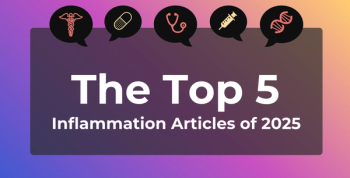
Newly Diagnosed Patients With AML: Discussing Implications of Recent Trial Results
Panelists discuss how oral azacitidine plus venetoclax represents a transformative advance toward completely oral regimens that could dramatically improve quality of life and accessibility, though challenges remain regarding cost, insurance coverage, and the complexity of managing multiple oral agents.
Patients with newly diagnosed acute myeloid leukemia (AML) now have access to oral decitabine/cedazuridine combinations that provide equivalent efficacy to intravenous hypomethylating agents while offering significant convenience advantages. The oral formulation combines decitabine with cedazuridine, which inhibits the enzyme responsible for drug breakdown, extending the medication’s half-life and allowing for oral administration with bioavailability equivalent to intravenous therapy. This development represents a major advance for patients who previously required daily clinic visits for multiple consecutive days each treatment cycle.
The transition to oral hypomethylating agents particularly benefits patients in complex treatment regimens involving multiple targeted therapies, as it eliminates the need for frequent intravenous administrations while maintaining treatment effectiveness. Patients with multiple genetic mutations may receive combination regimens including oral hypomethylating agents, venetoclax, IDH inhibitors, FLT3 inhibitors, or menin inhibitors, creating comprehensive oral treatment programs that were impossible with previous generation therapies. This shift allows patients to manage sophisticated multidrug regimens from home while maintaining regular monitoring and support from their health care teams.
However, patients face new challenges with all-oral regimens, including complex medication management, potential drug interactions, insurance coverage issues, and adherence requirements that differ significantly from clinic-administered treatments. Health care teams must develop new systems for monitoring patient adherence, managing adverse effects remotely, and ensuring patients understand proper medication timing and food interactions. The convenience benefits of oral therapy must be balanced against the need for robust patient education, family involvement in medication management, and close monitoring systems to ensure treatment effectiveness while maintaining patient safety throughout their treatment journey.
Newsletter
Stay ahead of policy, cost, and value—subscribe to AJMC for expert insights at the intersection of clinical care and health economics.








































